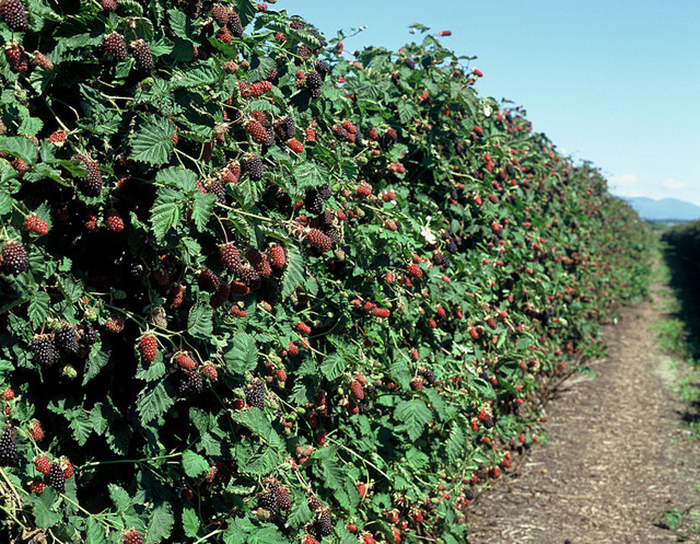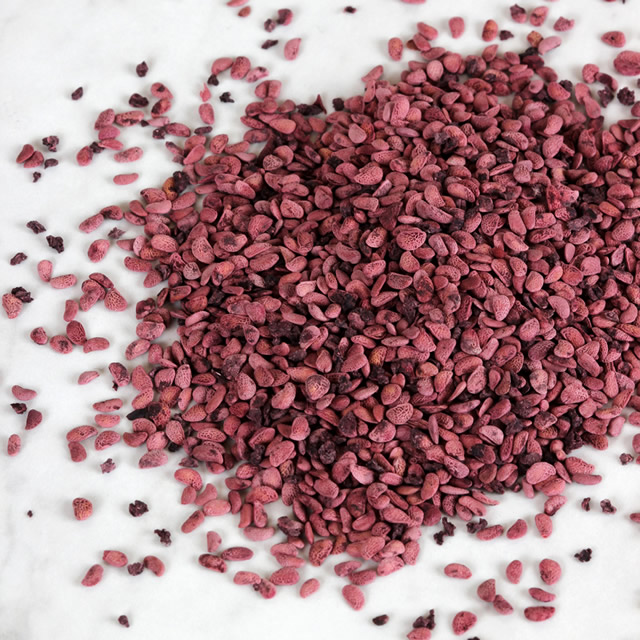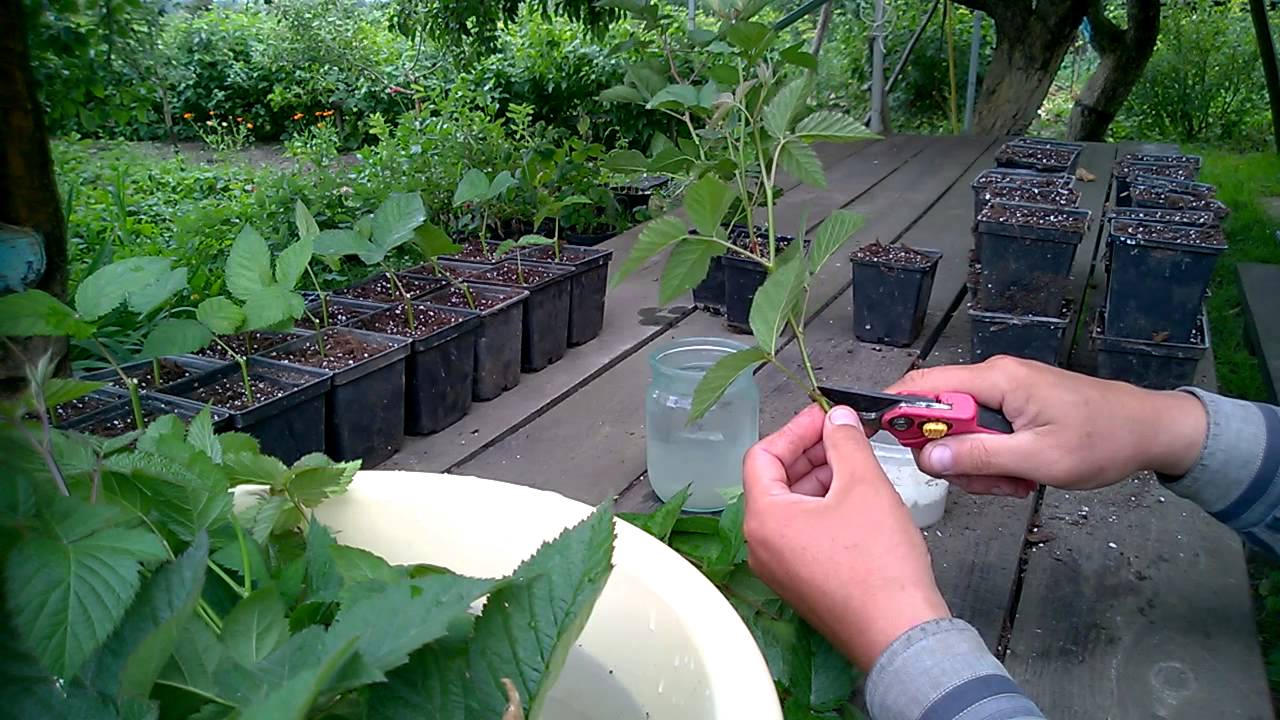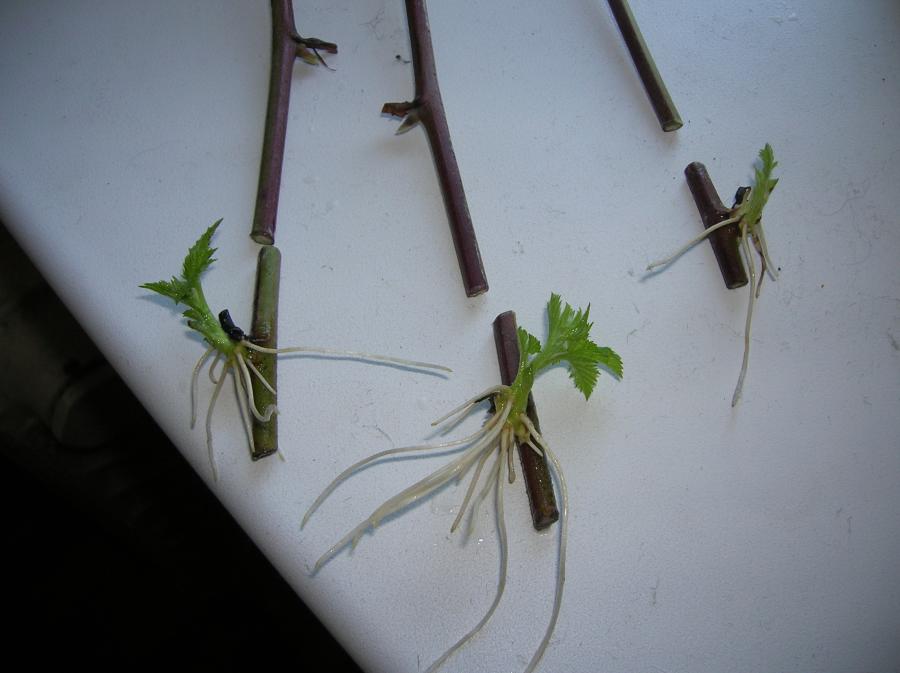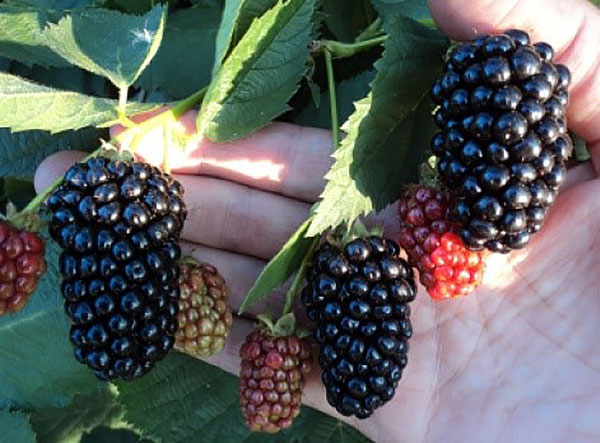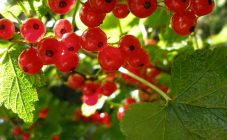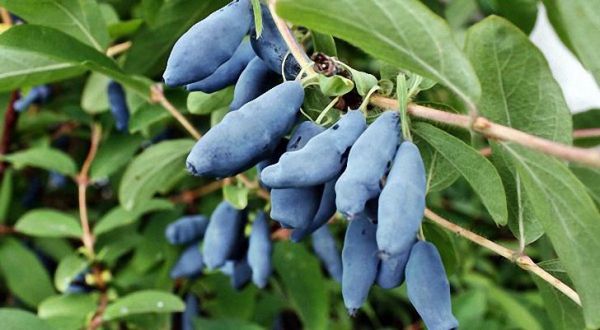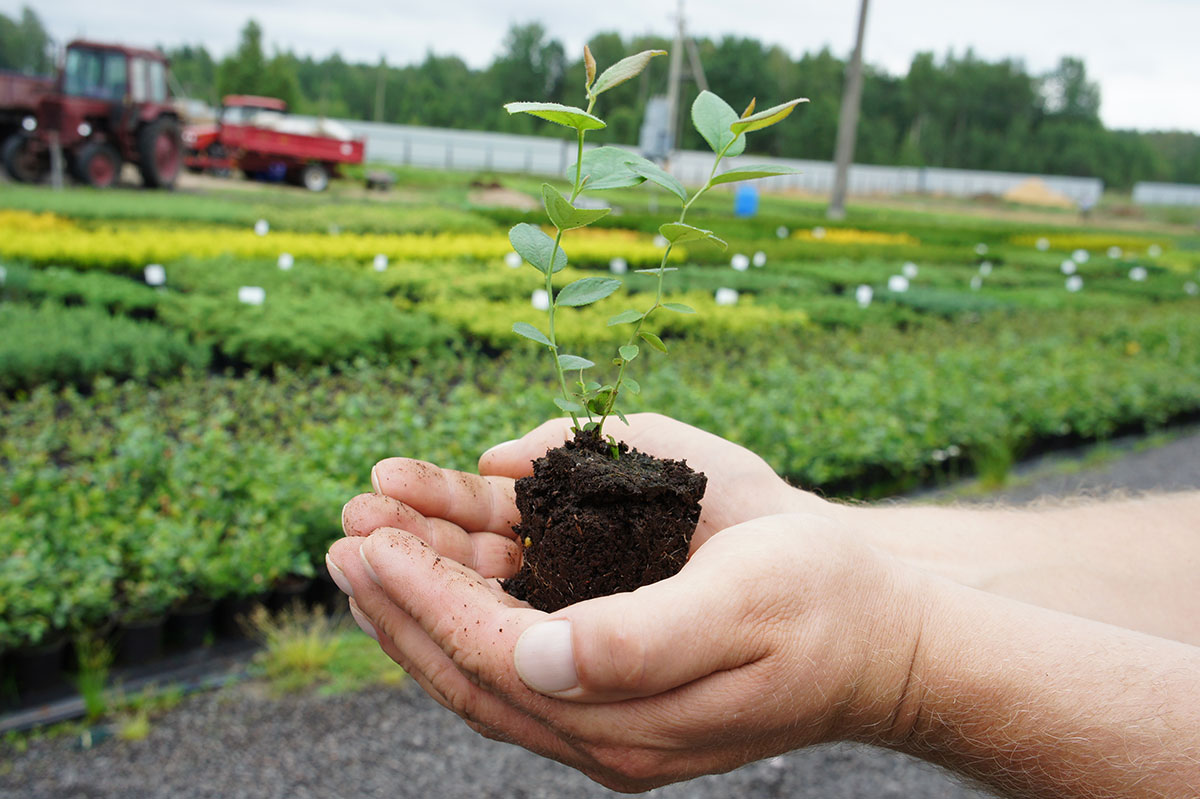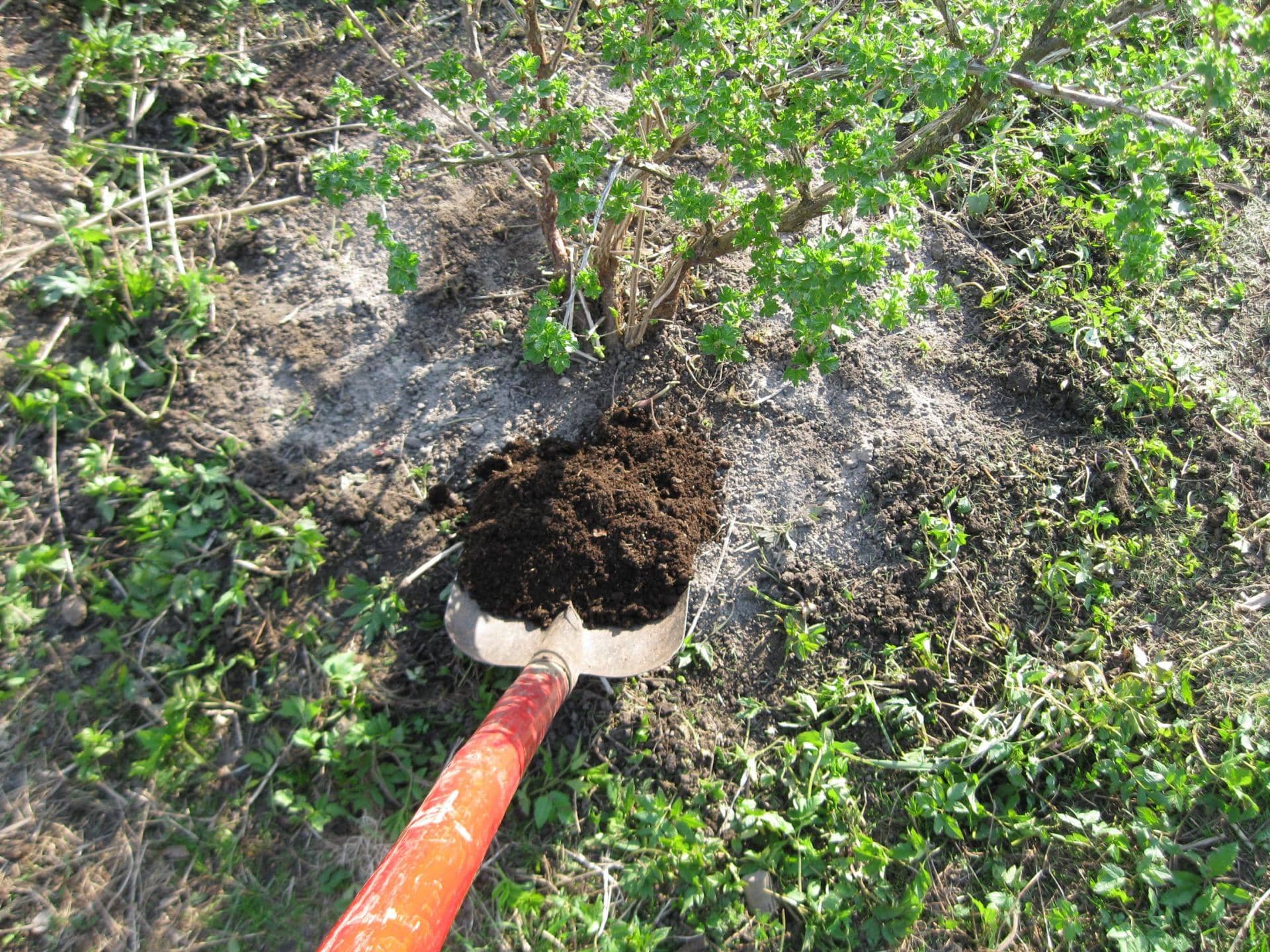Content:
Blackberries are a tasty and healthy berry. Like raspberries, it belongs to the Rosaceae family and is a perennial plant. Blackberries bear fruit on last year's shoots, therefore it is considered a two-year cycle plant.
There are bush species and creeping. A feature of the garden blackberry is the presence of a large number of thorns on the stem. For the cultural cultivation of blackberries, many varieties have been bred, including the thornless one.
The berries are dark burgundy, almost black in color, have a pleasant aroma and sweet and sour taste. How to grow a garden blackberry and how to propagate it in spring is described in detail in this article.
In gardens, blackberries are often planted on trellises or as hedges. With this method of growing, it is convenient to collect it, and space is saved for other plants. To create a hedge in the shortest possible time, you need a lot of planting material.
Blackberry breeding methods
Blackberry propagation is possible in several ways:
- Division of the bush;
- Seed method;
- Green cuttings;
- Root layers;
- Apical layering;
- Lignified cuttings;
Important! Reproduction by seeds is a long and laborious process. Harvest with this method of reproduction can be expected only 3 years after germination.
Before thinking about how to grow a blackberry from seeds, you need to take into account all the disadvantages of seed reproduction:
- The need for scarification (artificial damage to the seed coat for rapid germination) and stratification (temporary cooling, that is, the artificial creation of a fast winter);
- Maternal characteristics are not preserved. Garden blackberries grown from seeds may be better or worse;
- Duration of the process. Blackberry seeds germinate very slowly, and all this time it is necessary to maintain optimal humidity and temperature. It is difficult to do this at home;
- For the winter, seedlings must be covered.
Reproduction by dividing the bush will lead to the loss of a fruiting plant. Harvest on new plants will appear only after two years.
The best method, in which you can get a lot of seedlings in a short time, is blackberry cuttings in the spring. When using this breeding method:
- the plant fully retains the characteristics of the mother bush (from which the cuttings were taken);
- the first fruits will appear the next year after the cutting is able to root;
- small labor costs (no need to run around with bowls, the whole process can be done directly in the garden);
The advantages of this method are obvious, which is why gardeners often use it.
Reproduction by apical layers does not require a lot of time and labor, but it is used less often, since one plant can give only one new bush. To do this, bent the blackberries to the ground with green shoots and sprinkle the top with earth. This procedure is performed most often in late summer, after harvest. Before the onset of frost, this place is abundantly watered. The next year, in late spring, the new plant must be separated from the mother bush with pruning shears and, having dug out, transplanted to a permanent place.
Another breeding method is by root layers. On the long root of the blackberry, which is located at a depth of 15-20 cm, offspring are formed. The root must be dug out and the necessary areas must be cut out with part of the mother root. After that, you need to plant them in the selected places in the garden.For this method, only old plants with a well-developed root system are used.
There are many ways to grow blackberries on your site, and each gardener chooses the most suitable one for himself.
You can graft:
- green shoots;
- lignified plants;
Preparing blackberry cuttings
Green cuttings are cut from the bush in July. It is difficult to propagate with their help, since the roots are formed only in every tenth cutting.
Rooting requires high air humidity without drafts and constant air temperature. It is difficult to provide such conditions in the garden; a special greenhouse and equipment are needed.
Maintaining the required air temperature at home is possible, but ensuring high air humidity in a city apartment with central heating is an almost impossible task.
It is better to reproduce with lignified cuttings, which are prepared in the fall. On ripe annual shoots, flat areas are selected, about 40 cm long.
The cuts are made with a clean, sharp pruning shears perpendicular to the stem. Thorns must be cut. Prepared cuttings are stored in a hole in the garden. To do this, you need to dig a hole or trench in the ground about 30 cm deep and place the planting material there.
Additional Information. If necessary, you can store the cuttings in the refrigerator at home. To do this, they are placed in a plastic bag and placed in the lower compartment. From time to time, the bag needs to be removed and the contents aired.
Planting blackberry cuttings
When harvesting cuttings in the fall, blackberries are planted in the spring.
In the garden, immediately after thawing the soil after winter, future plants need to be taken out, the cuts must be renewed and processed with Kornevin.
If rooting takes place in the country, then the cuttings are dug up just before planting.
A trench or bed is dug with a depth of at least 5 cm. Cuttings are laid in it and covered with earth. The distance between them should be 7-10 cm.
Further care for the cuttings is:
- keeping the ground around the blackberry cuttings moderately moist;
- removing weeds;
Note! The propagation of blackberries by cuttings in the spring can be accelerated by placing arcs over the bed and pulling the covering material.
In two to three weeks, seedlings will begin to appear. Plants ready to transplant look like small bushes with three true leaves.
Cuttings are dug out of the ground. On each of them, several plants are formed, which are born from dormant buds.
At home, cuttings for growing new plants from them can be obtained even in January. Subject to additional lighting, the plants will be ready for planting in a permanent place by early April. In this case, the owner of the summer cottage will receive a small harvest from new plants at the end of July.
The cuttings are placed in a container with soil mixture horizontally, to a depth of 3-5 cm. From above, the greenhouse must be covered with a film, glass or a special plastic cover.
Subsequent care consists in ventilating the container, collecting excess moisture from the lid and moderate watering. The ground should not be too wet, otherwise the cuttings will rot.
After two weeks, roots begin to form on the cuttings, and within 10 days after that, green shoots hatch.
A part of the stem is cut around each sprout with a pruner. Prepared plants can be planted in separate cups or pots and grown until new leaves appear.
After that, the blackberries are planted in a permanent place. Bushes grow quickly, the average life expectancy is about 5-7 years. After that, the berries become smaller, and you need to update the berry. If you plant a blackberry as a green fence, then the quality of the berries is not so important in this case.
Planting blackberries in a permanent place
When the plants get stronger and grow up, the gardener who raised them begins to form the future green hedge.
To do this, you need several posts and a coil of wire, twine or thick fishing line. Fences made of metal mesh are also decorated with blackberry.
Planting blackberries along the fence has several goals:
- 1) Create an impassable wall;
- 2) Decorate an unaesthetic metal mesh;
- 3) Save space for planting other plants.
In all cases, the grown seedlings are planted in rows along the fence. The spacing between plants for hedges should be no more than 30 cm.
If garden blackberries are grown as a source of tasty and large berries, then a distance of at least 50 cm must be observed between the bushes for better illumination.
For these purposes, it is best to use the blackberry bushless. In this case, harvesting will not cause unpleasant sensations, because even tight clothes will not help from blackberry thorns.
In addition to weaving varieties, there are erect ones. These include the blackberry of the Agavam variety, the cultivation of which from seeds leads to good results. The germination rate is much higher than other varieties. The survival rate of seedlings is 80%.
Blackberry bush varieties reproduce in the same way as weaving ones. This type of blackberry does not require a support or trellis.
Before planting seedlings in a permanent place:
- Two hours before transplanting, the plant must be watered;
- Prepare planting holes or trench;
- Fill with a mixture of garden soil and humus in a 1: 1 ratio;
- Add extended-release fertilizer, type AVA;
- Plant the plant, deepening the bud 3 cm below ground level;
- Gently tamp the soil around the roots so that they better come into contact with it;
- Make a roller around the barrel so that water does not flow out of the barrel circle;
- Water the plant at the rate of 8-10 liters for each seedling.
Correctly planted plants will get stronger in two weeks, and new leaves will appear on them. The next year, the garden will be replenished with full-fledged blackberry bushes, which will delight the gardener with the first harvest.
Blackberry care
Blackberry care rules:
- Watering. In the absence of rain, it is produced once a week in the amount of 10 liters for each plant. An alternative to a watering can is a sprinkler that irrigates several plants at once;
- Top dressing. The first spring fertilizer is applied under each bush and must contain nitrogen. Rotted cow dung can be used. One bucket for each adult plant will be sufficient;
- In the absence of organic fertilizers in the spring, the plant is fed with Urea. During the period of ovary formation, fertilizers containing potassium should be used. The most readily available of these is wood ash;
- Pruning. Blackberries are grown like raspberries and also bear fruit on two-year-old shoots. Before wintering, the shoots on which there was a crop are removed. One-year young shoots remain, which will bear fruit the next year;
- Shelter. Breeding blackberries for an early and stable harvest requires winter shelter. The weaving shoots are simply laid on the ground and covered with cut chrysanthemums or marigolds.
Armed with the knowledge of how to propagate blackberries, you can go to the garden and experiment. All methods have a right to exist. For some, the process of growing from seeds is interesting, other gardeners propagate by cuttings or layering for a quick result.
